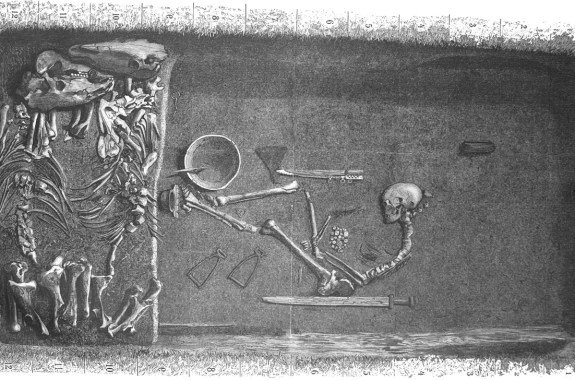In this lesson for high school life sciences, students explore case studies of human remains that have challenged scientists’ ideas about how gender and sex operated in ancient times to help us better understand how gender, sex, and sexuality change our bodies and our stories in the present day.
Lewis Steller created this lesson as part of the Science Friday Educator Collaborative.


